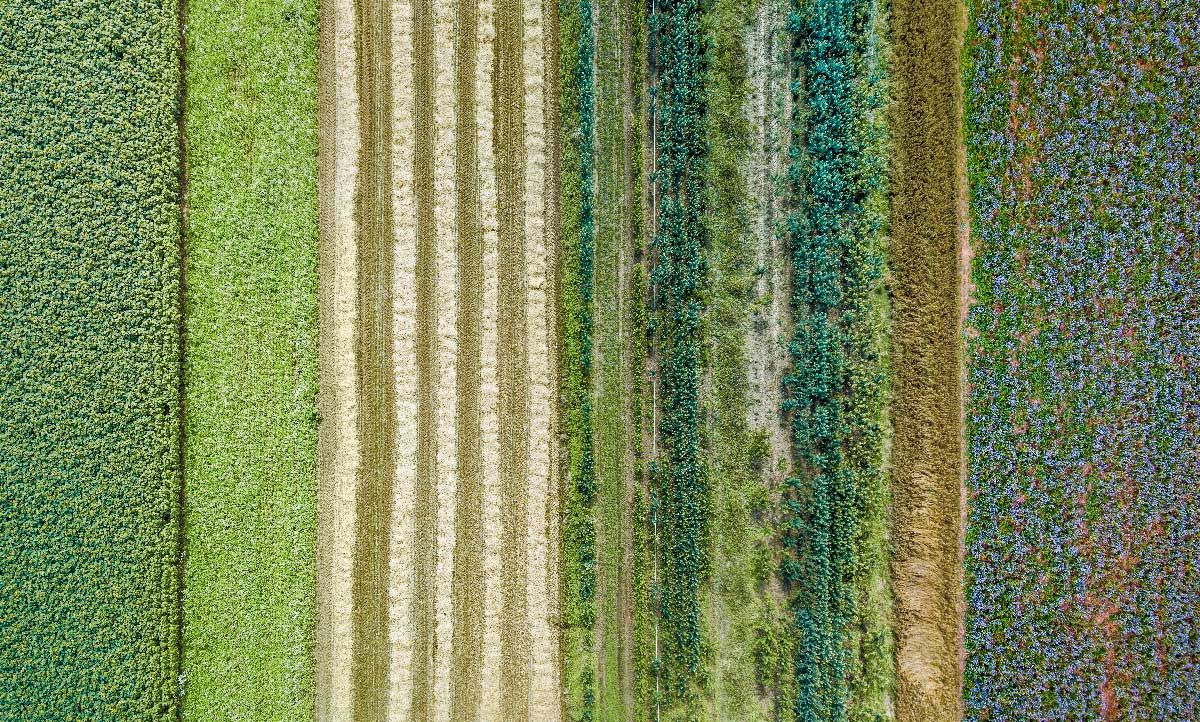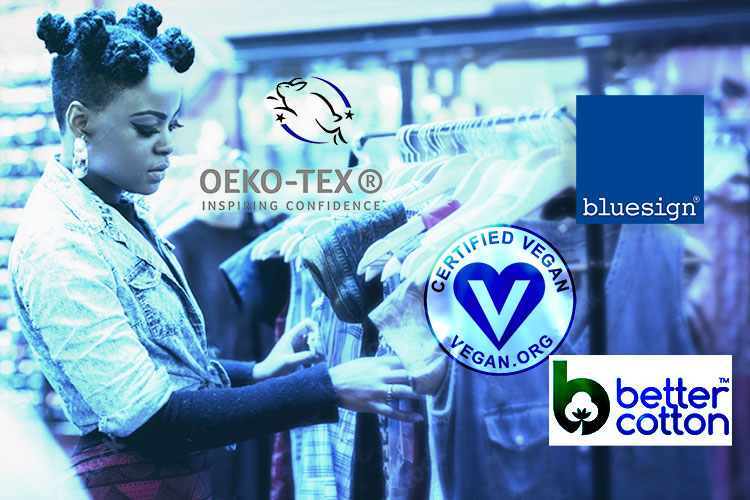
We are excited to be a Media Partner for the Regenerative Agriculture and Textiles Summit, taking place on November 14-15 in Washington DC! The Summit will provide key strategies to accelerate the adoption of regenerative practices and demonstrate the need for involvement from all stakeholders, as well as address key industry challenges, underpinning the value that regenerative agriculture has on supporting business operations and hitting climate goals.
When No Kill Mag was invited to be a Media Partner for the Regenerative Agriculture and Textiles Summit my first thought was: while we’ve written about regenerative agriculture and have highlighted brands collaborating with regenerative farms we’re certainly no experts!
On the other hand, when we consider our belief that ‘the future is not just somewhere we’ll go, but somewhere we’ll invent’ we know that learning more and sharing with you about ways brands are rethinking their textile use is important!
And the summit has some really interesting speakers
From people we’re familiar with like Megan Meiklejohn who worked on sustainable sourcing at Eileen Fisher for years and now is with Land to Market, to Billy McCall, Co-Founder & CEO of Kintra Fibers – an H&M-backed materials science company that has developed a proprietary biobased and biodegradable polyester. A biobased biodegradable polyester? Backed by H&M? Call us skeptical but open. (and we’ll of course get back to you with our opinion on this.)
So we’ll be reporting on the Summit in November. In the meantime, here are some of my thoughts on why regenerative agriculture now.
Why Regenerative Agriculture is Important within the Fashion and Textile Space
Traditional/modern models of both agriculture and textile production have contributed beyond adversely to the global climate crises as well as the worldwide toxicity and ill health of soil. Turning towards regenerative agriculture is a vital element in creating a thriving and healthy planet, helping to undo the dire straits we’re currently in.
The divide between agricultural practices and textile manufacturing is not an easy one to navigate. It hasn’t yet become part of larger narrative. So to create a narrative where a glimmer of hope emerges in the form of regenerative agriculture, explaining how a holistic approach to farming has the potential to transform not only the way we produce food but also how we create fashion, would be great. As we, the consumers, become more aware of the interconnection between agriculture and fashion, we have an opportunity to drive positive change by supporting regenerative practices.
The importance of “consumers” in the conversation
While I wish climate was addressed from the top down in fashion, this isn’t happening enough. One only has to look at Balenciaga selling a polyester coat last year for $3290 or Gucci selling poly blazers this year for $3980 to see that those at the top just don’t care. Cheap materials and easy profit at the cost of the planet. Seriously.
Thus with all things climate, consumer awareness about the importance of regenerative agriculture X textiles will come from more grassroot efforts. Without knowledge, there is no reason for anyone to concern themselves with this space. It’s only when you come to see the way we are entangled with our ecosystems and other creatures, when we all have a stake in the making this earth healthy again, that people will be able to connect the dots.
And younger people are more climate friendly. They have a natural distrust of corporations. They are interested in changing their carbon footprint. So to be able to connect regenerative agriculture to a smaller footprint would be a positive.
the brands need to take the lead and make change
In our society how we spend our money shows what we care about. But we can’t buy what doesn’t exist. Personally I think virgin synthetics should be outright banned. If that happened there might be more brands looking into regenerative agriculture. In the meantime, Fibershed, based in California has been doing an incredible job of growing regional fiber systems worldwide. They’re also part of something known as the C4 Initiative that is evolving the health of California’s croplands through cotton.
Ultimately, regenerative agriculture and textiles are the future –it’s an imperative, not an option if we want a future.
If you’re interested in learning more about the summit and/or attending download the official agenda here: https://hubs.ly/Q01_B-P60.
Ticket prices increase on Friday, September 8. Register now and save up to $500. And if you are attending DM us on instagram and let us know!
–Katya Moorman
Related Articles






